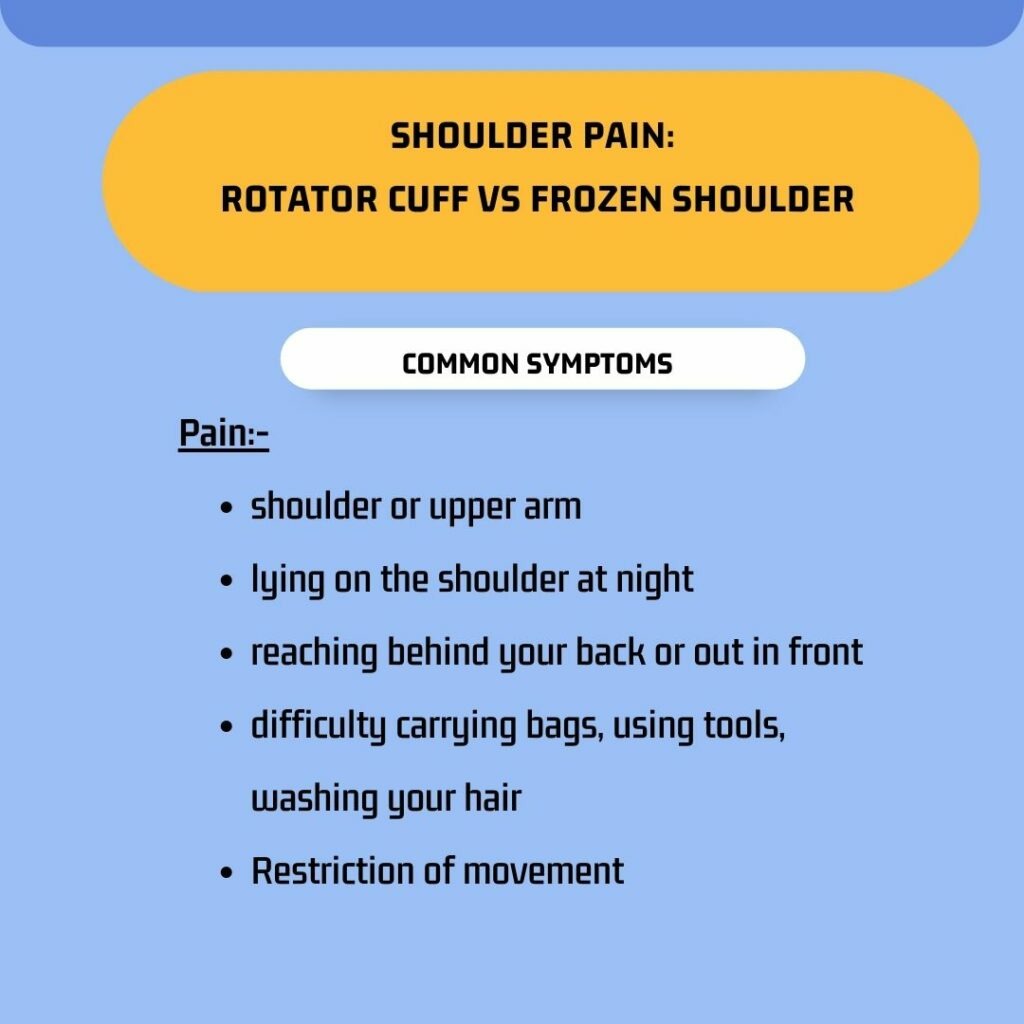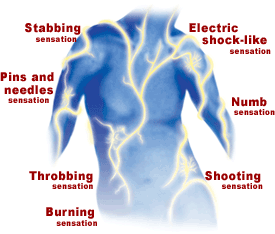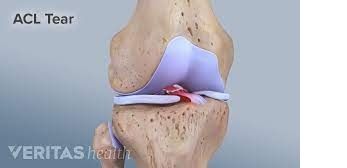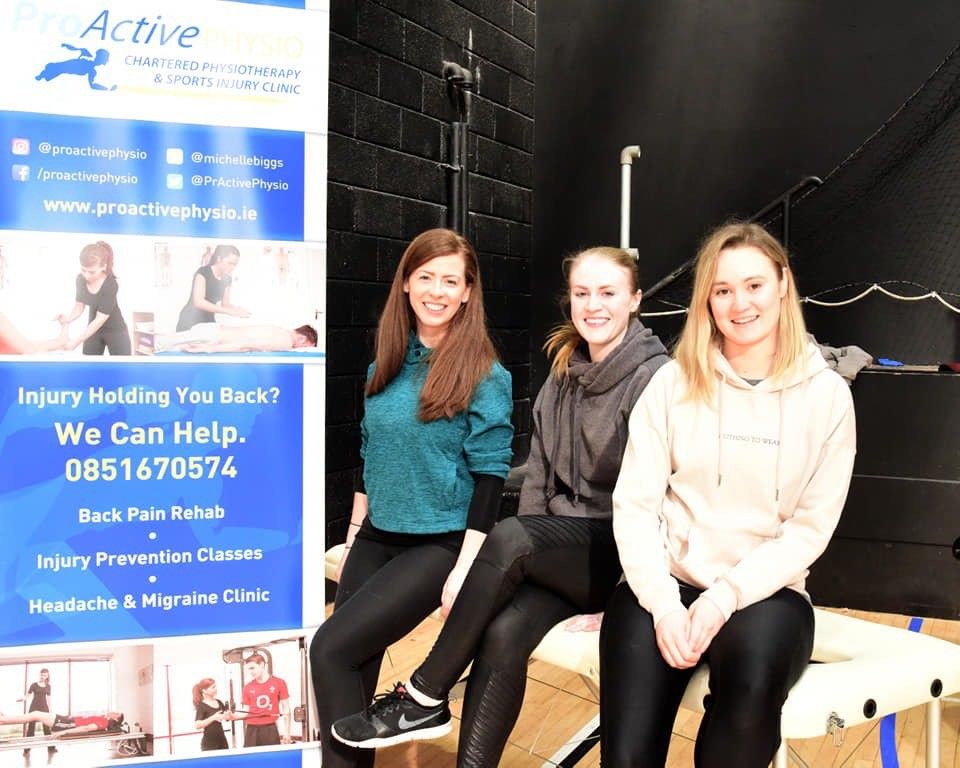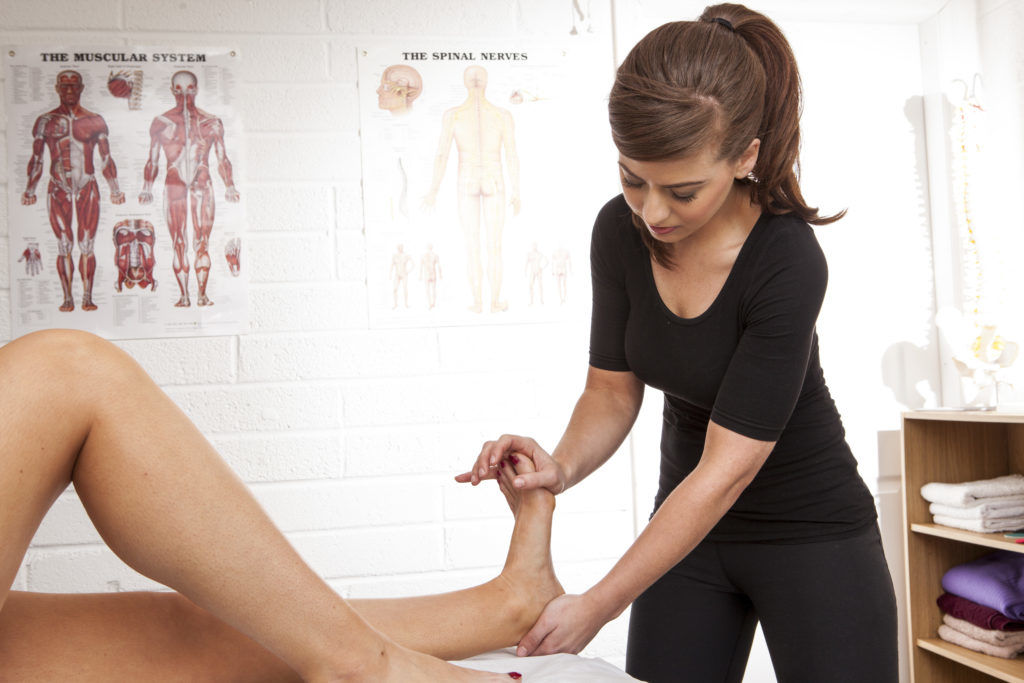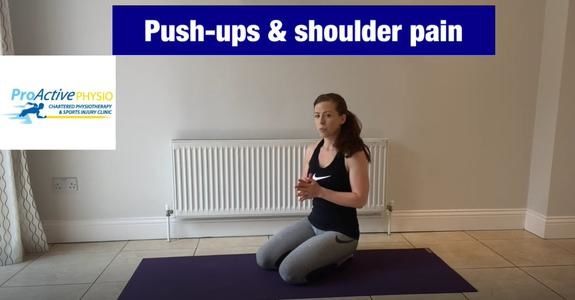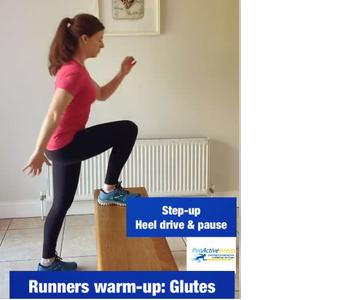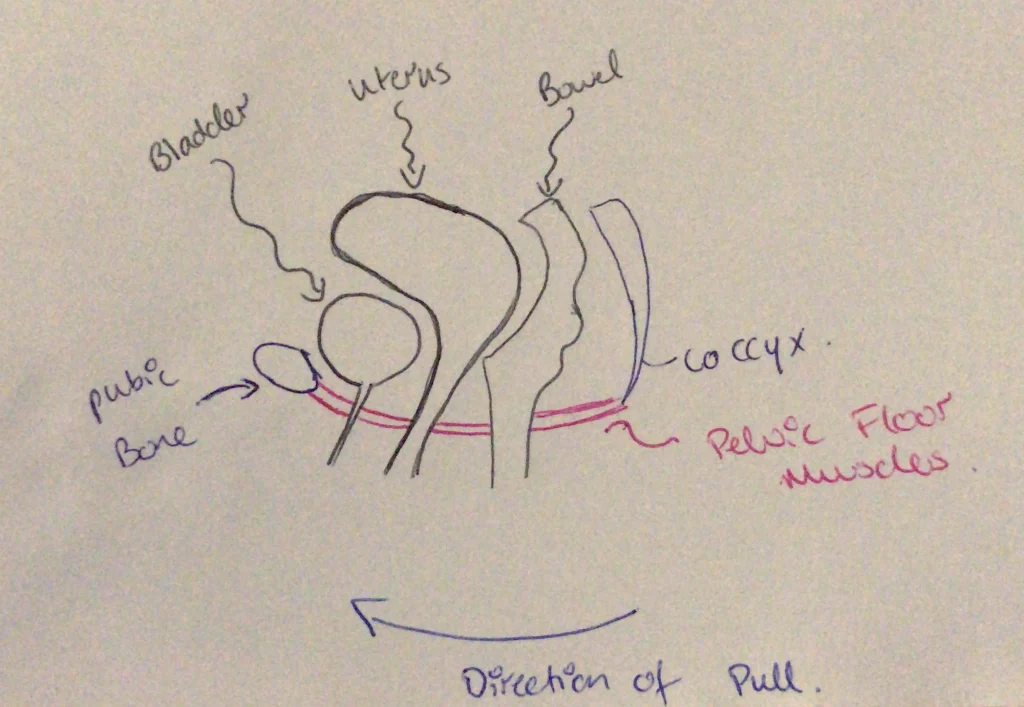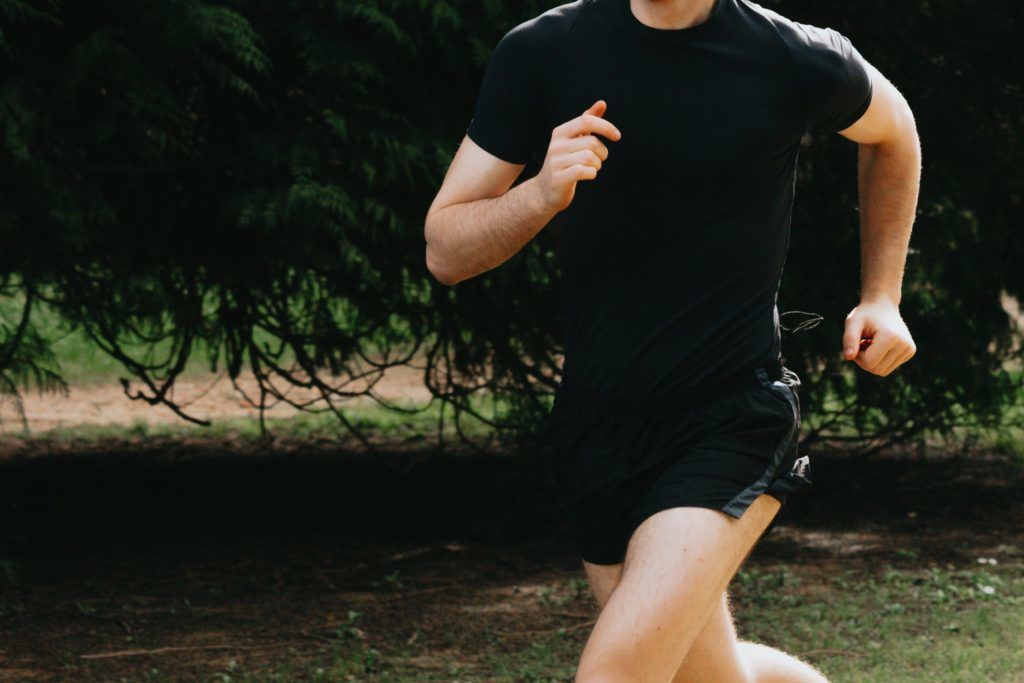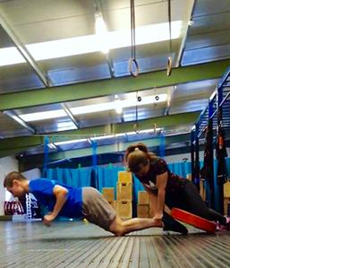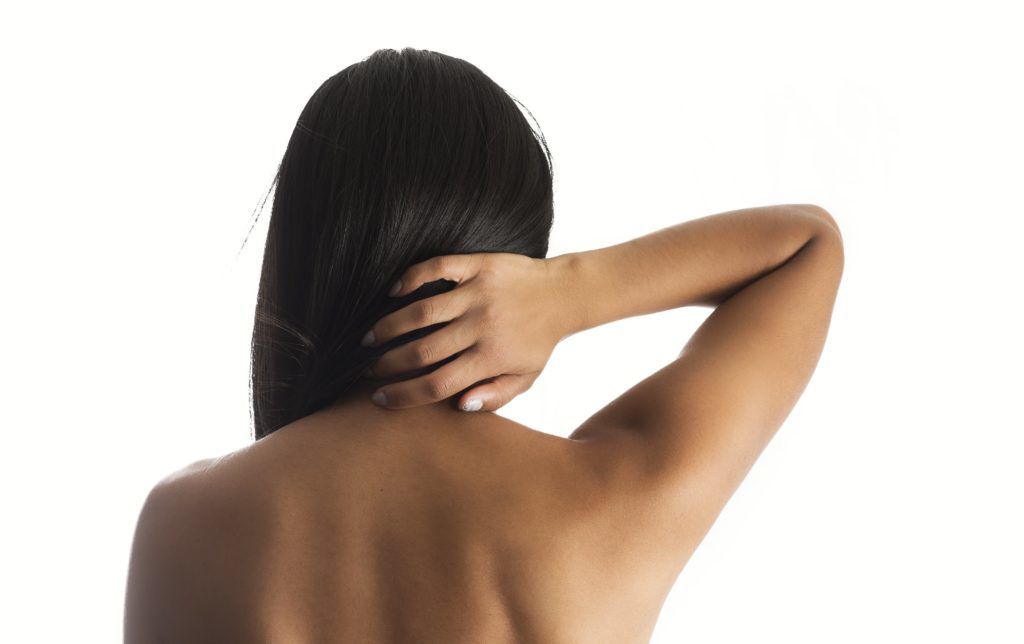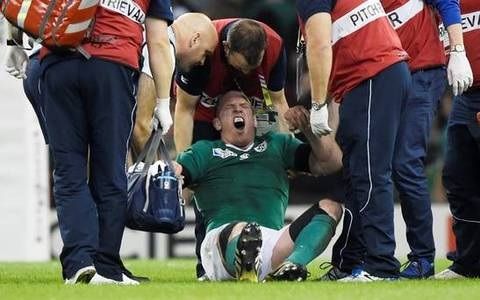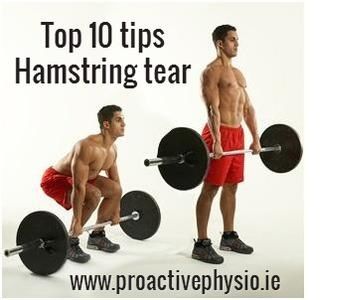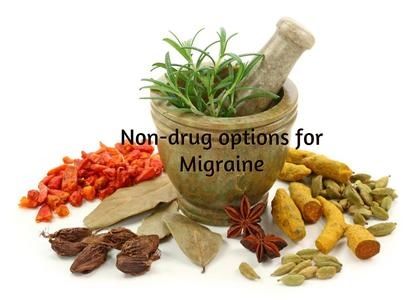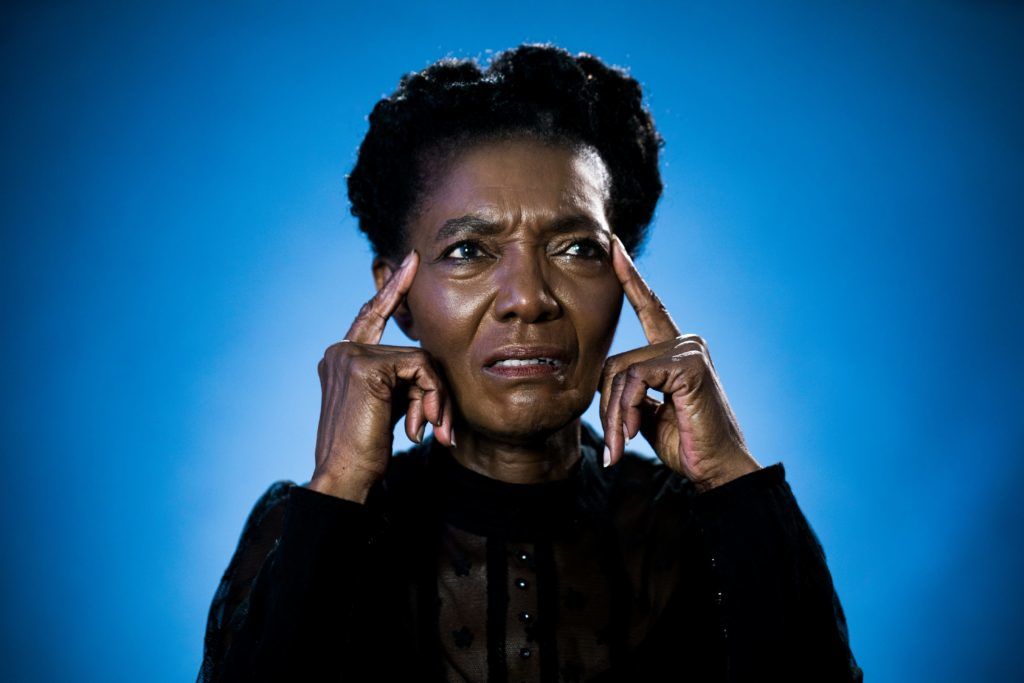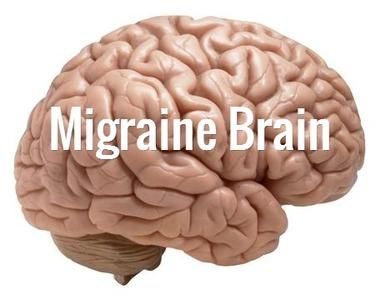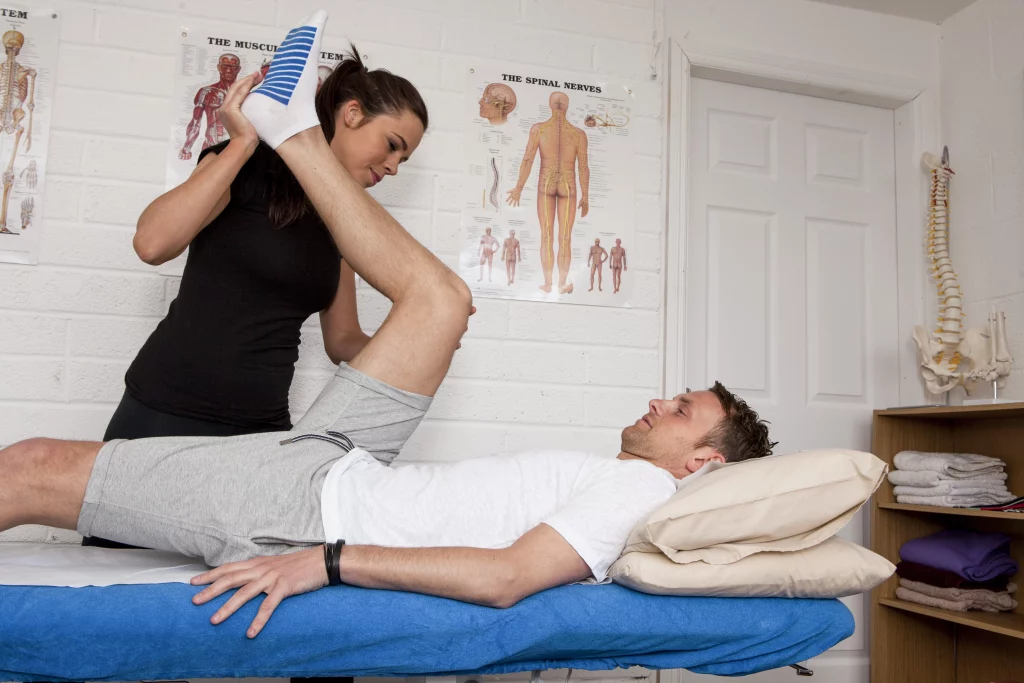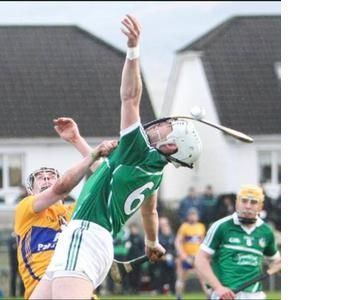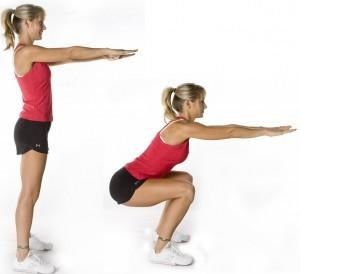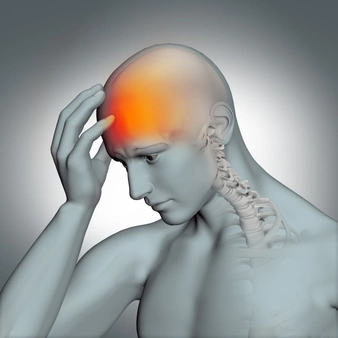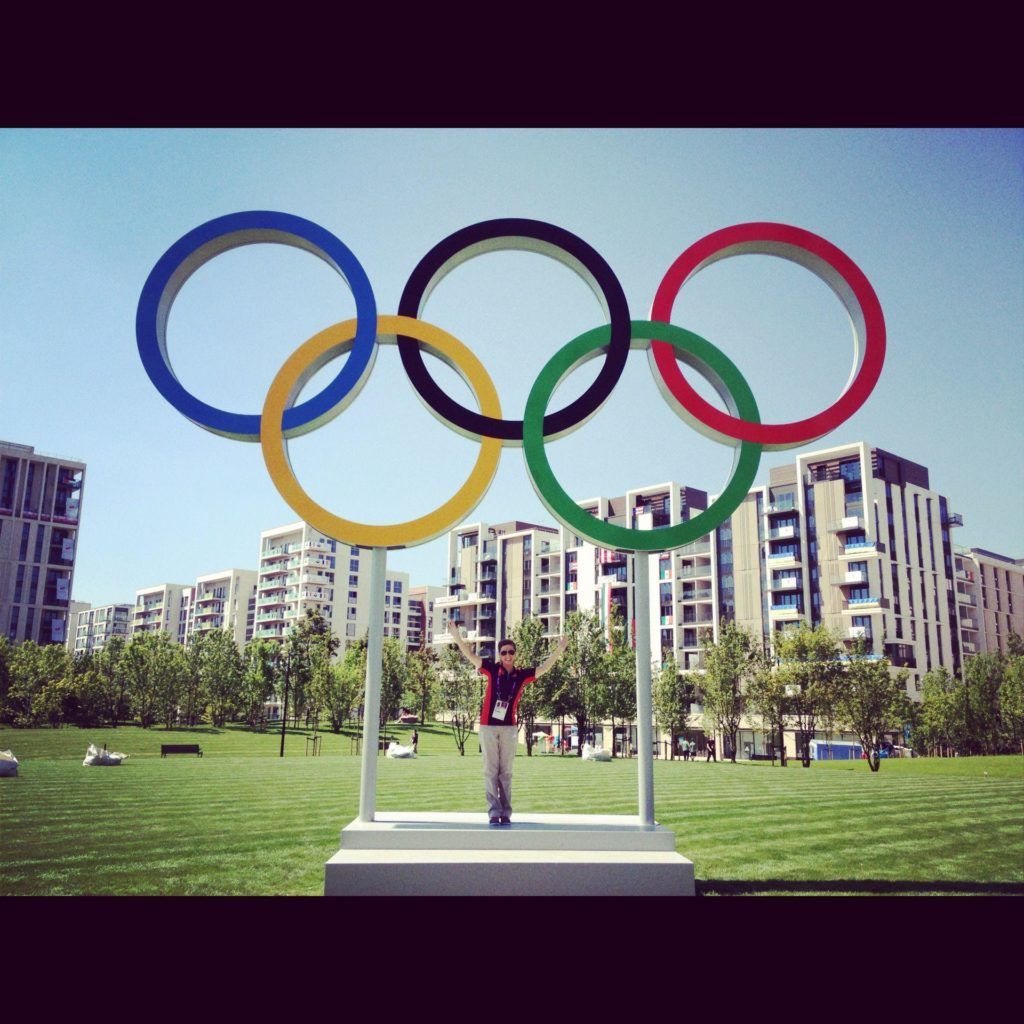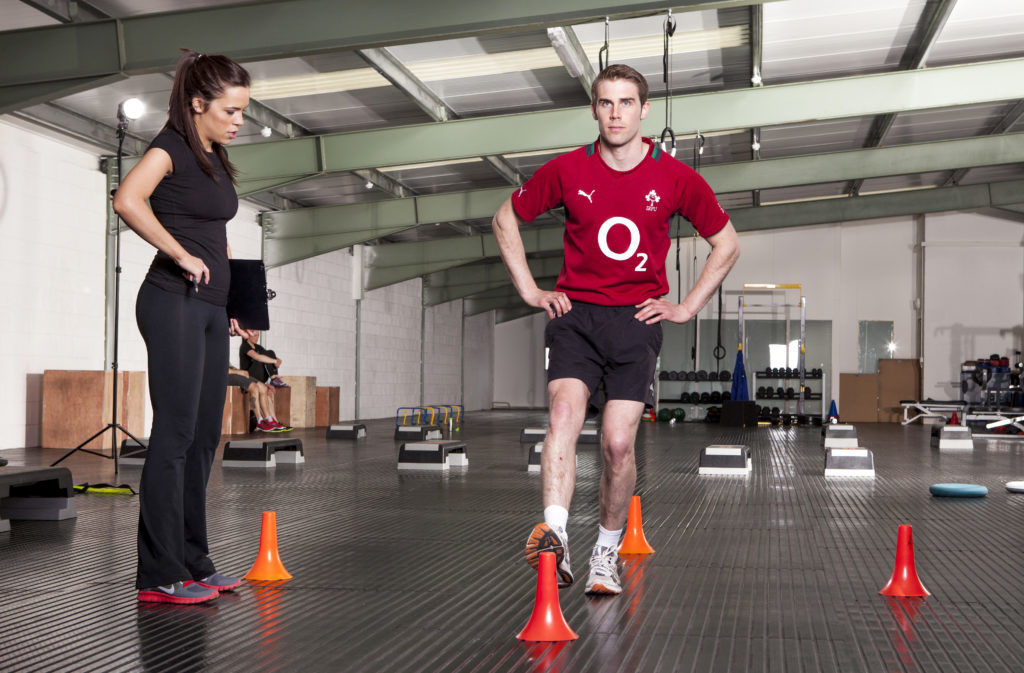by Clara Linnane, Chartered Physiotherapist
Hamstring strains or ‘Pulling your hamstring’ is a common sports injury usually associated with running, sprinting and kicking. The hamstring consists of three different muscles at the back of the thigh and reaches from the back of the knee all the way up to the pelvis.
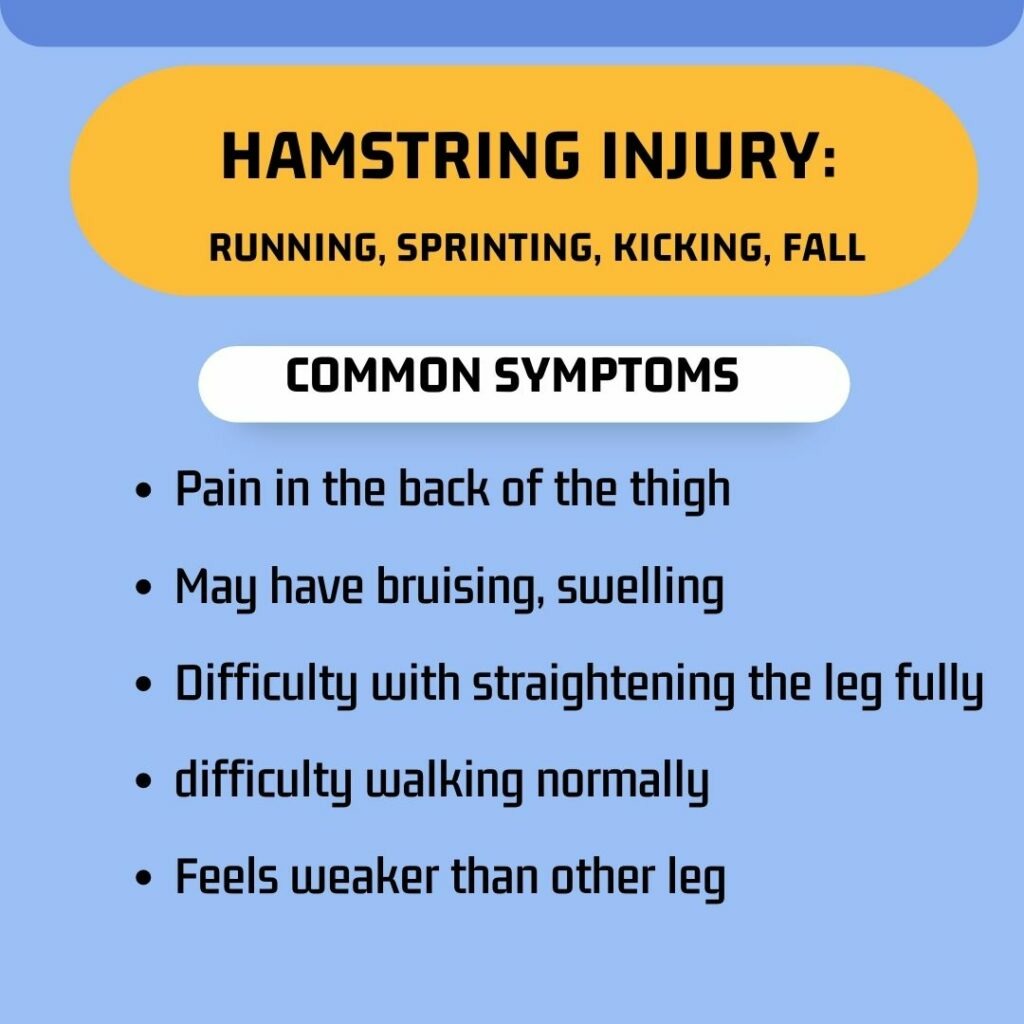
It is the most injured muscle group in Gaelic Games and usually occurs with a large, fast contraction of the muscle or a significant stretch or ‘pull’.
Here are some of the most common symptom that might suggest you have injured your hamstring and typically occur during or after running, sprinting or kicking.
A third of hamstring injuries reoccur within the first year! Most of these re-injure in the first two weeks after returning to sport.
This results in an even longer rehab period second time round.
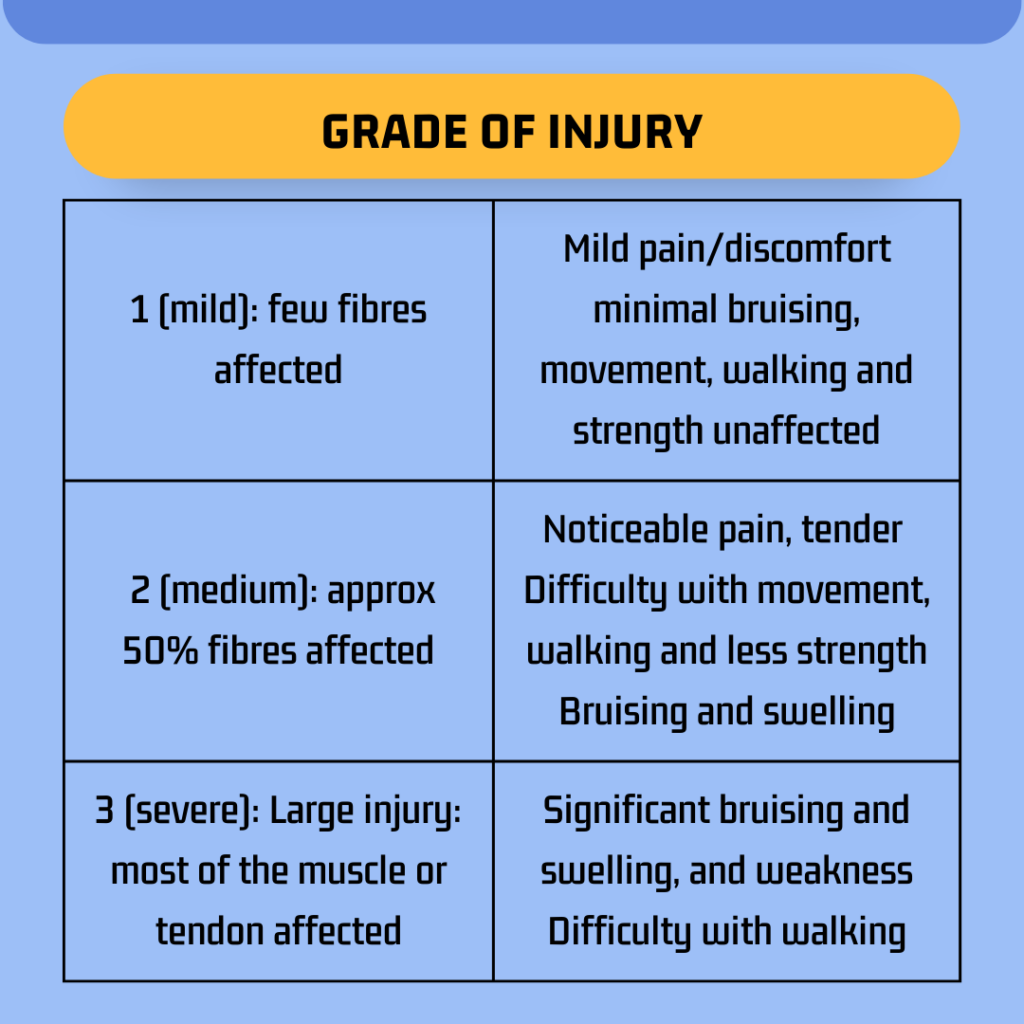
Injuries are usually graded due to the intensity of pain, how much of the muscle is painful and how long it takes for day to day activities to be pain free after the initial injury.
Imaging is only useful with severe grade 3 injuries and/or if avulsion or rupture is suspected. A Chartered Physiotherapist or doctor can help with this diagnosis.
Athletes and especially young athletes who may play one, two or even three sports, hope that pain will settle quickly and you can get back to sport quickly with just having some extra rest.
Patients often tell us they rested for a week or two and felt frustrated when they tried to return back to their sport and were still having symptoms.
However, from the research over the years, we know that there are other tell tale signs that might indicate your injury will take longer to recover and will require a physio guided rehab program to get you back to the level you need to be.
- You still feel pain in your hamstring when walking for more than two days after your injury
- Your usual day to day activities hurt for more than three or four days e.g. driving, stairs, walking, sitting
- Pain closer to the top of the hamstring near the buttocks
- an popping sounds at the time of the injury
- If it hurts or takes effort to straighten your leg
So whats the best thing to help??
- Have a look for any bruising or swelling
- Apply ice to the area for 10 mins a couple of times a day
- Elevate your leg on some pillows if its comfortable to do so
- Avoid doing any activities that cause pain or extra strain on the hamstring: this would likely mean a break from your sport at this stage
- Its important to keep mobile so 10-15 minute walks are good exercise and you can build this up as you feel able to.
- Seek medical advice or an appointment with a Chartered Physiotherapist for diagnosis and support with rehab programme
We have put together some exercises to get started with. You’ ll see that most of the exercises are geared towards restoring basic strength and mobility, not lots of stretching! Please be mindful that if any exercise increases pain in your hamstring then please stop and seek advice. Choose one or two of the exercises that feels comfortable to do and do it every second day.
Complete slow and steady 8-12 repetitions and repeat x3, every day or every second day depending on your levels of soreness.
As pain and soreness settle, its important to strengthen the hamstring through its full range of movement to build strength so your hamstring can cope when you start back running, kicking etc. This is often where people make the mistake of trying to get back to their sport as quickly as possible. Unfortunately they haven’t restored any strength back into the injured muscle and are at high risk of injuring it more and missing out for longer!
See below where we have progressed the exercises to include further mobility, strength and control work.
Our hamstrings work hardest when in a lengthened position during fast explosive movements i.e. sprinting, kicking. As a final stage of rehab, we want your hamstring to be able to cope with these demands and have put together a video below with a selection of these exercises that we use with patients looking to get back onto the pitch and even more importantly, stay on the pitch!
Like any injury, there are lots of factors to ensuring a successful recovery. Its also important to consider the volume and intensity of your activities and training over several weeks and how this might overwork or slow down your recovery. Also, its worth considering what factors might have led to the injury in the first place e.g. an old injury, playing more sport than before, change in routine or work demands?
As Chartered Physiotherapists, we are specifically trained to consider all factors related to your injury and how to put the best programme in place to support your recovery as quickly as possible.
For athletes who suffer from ‘tight’ hamstrings regularly, this can be an early indicator of hamstring dysfunction, we can help in addressing this and help you avoid any hamstring injury during the season which prevents you from playing the sport you love.
Click on the link below to book an appointment with me or one of the team for an Initial Assessment.

